INTRODUCTION
High-temperature geothermal systems, such as typical geothermal systems in Indonesia, are mostly volcanic hosted geothermal system where they are associated to tectonic plate boundaries where magmatic activities provide heat source for the geothermal systems. The type of geothermal system that is considered economically most feasible is where magmatic intrusions or shallow magma chamber are emplaced shallow enough in the crust that they induce convective circulation of groundwater. Such circulation is essential to carry the heat to the surface. Therefore, hydrological structure of a geothermal system has to be well understood. Hydrology of convective geothermal systems is determined by topography. Surface manifestations and chemical composition of the fluids can be used as guides to understand hydrological structure of the systems in both low relief and high-relief terrain.
The types and occurrences of the manifestation, and the total heat discharged at the surface are controlled by: heat input at the bottom of the reservoir; reservoir parameters (e.g., permeability); fluid parameters (e.g., density, viscosity, and temperature); hydrological framework of the system; and other factors controlling the outflow path of the hot fluids. Meanwhile, the chemical composition of the fluid is governed by the physico-chemical processes in the subsurface. Understanding the type of geothermal manifestations of a geothermal system, including the chemistry of their fluids, will enable us to identify the characteristics of the geothermal system.
Most geothermal systems in Indonesia is a typical of convective, volcano-hosted geothermal system. The components of the system include heat source, reservoir, recharge fluids, and discharge fluids at the surface (geothermal manifestations). The chemistry of the discharge fluids is resulted from all processes occurred in the system involving other components.
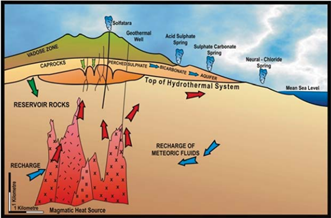
Figure 20 Adapted from Corbett and Leach (1998)
RELEVANCE FOR AND APPLICABILITY TO INDONESIA
Indonesia is known to have a great number of geothermal resources as shown in Figure 21 Some of them are still in the preparation and exploration stage, while some other are already in a production and exploitation stage. Geothermal resources in Indonesia are mostly linked to volcanic systems whose magmatic and hydrothermal activities are currently still active. Thus, continuous surveys have to be done to ensure the success of geothermal production. Geochemical survey in geothermal areas is one powerful method to understand the characteristics of geothermal fluids and can be applied in all stages of geothermal development. Training courses such as the ‘Geochemistry for Geothermal development’ may provide an excellent opportunity to increase knowledge and skills that are required for developing geothermal resources in Indonesia.
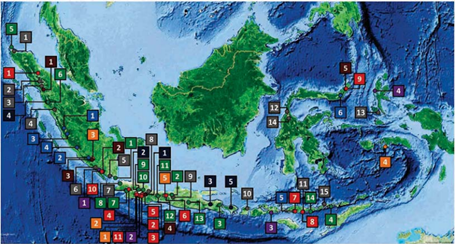
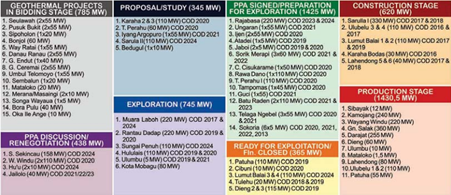
Figure 21 Geothermal resources in Indonesia
GEOCAP ACTIVITY IN THIS TOPIC
The project has developed a 1-week course on “Geochemistry for Geothermal Development” presenting the roles of geochemistry analyses on different stages of geothermal development from exploration, exploitation to monitoring. This course allows the participants to understand the application of geochemical analyses methods on investigating geothermal systems. The participants are academics and industrials with wide range of specialities (geology, geophysics, and engineering). The course is developed and given by geological and geophysical experts from The Netherlands and Indonesia.
The course includes three main topics of discussion:
- The chemistry of geothermal fluids
- Sampling techniques
- Environmental impact of geothermal activity and production
At the end of the course, the participants were taken into a field trip to Dieng Geothermal Field. Through this activity, participants can observe directly how surface geochemical activities reflect hydrothermal processes occurred in a geothermal system.
The chemistry of geothermal fluids
This topic of discussion aims to understand the impacts of hydrothermal processes occurred in geothermal systems to the chemistry of geothermal fluids resulted at the surface. Thus, we can trace the origin of the geothermal fluids as well as infer what hydrothermal processes may have occurred by analysing their chemistry. Types of geochemical analyses and interpretation, both on water and gas, as well as geothermomether analyses to estimate the reservoir temperature were introduced and explained.
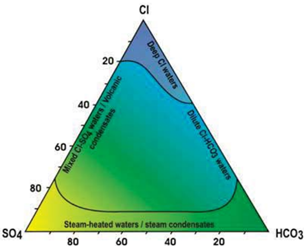
Figure 22 A ternary diagram of three main anion of Cl-, HCO3-, and SO42- to classify geothermal waters proposed by Giggenbach (1998)
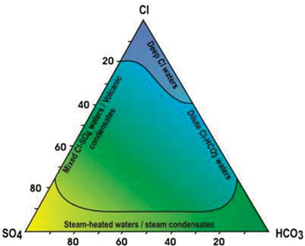
Figure 23 A diagram D vs 18O stable isotopes to trace the prominent source of geothermal fluids
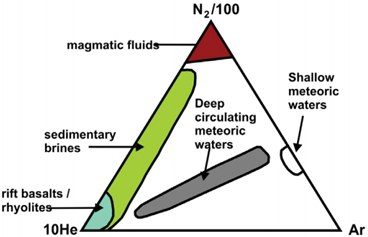
Figure 24 A ternary diagram of N2-Ar-He to classify geothermal gas proposed by Giggenbach (1986).
Sampling techniques
This topic of discussion aims to increase knowledge on how geochemistry sampling should be carried on considering geothermal areas can be hazardous. Knowledge on the possible hazards in geothermal area and safety requirements were explained at the first place. Techniques and procedures on sampling so that the results are accurate are also explained
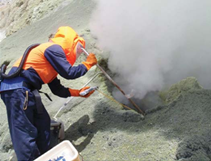
Figure 25 Geothermal gas sampling (source: UGM-GNS NZAID Geothermal Course)
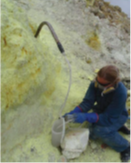
Figure 26 Geothermal water sampling (source: UGM-GNS NZAID Geothermal Course)
Environmental impact of geothermal activity and production
This topic of discussion aims to understand potential environmental impacts from geothermal development. The impacts include gaseous emissions, water pollution, solids emissions, noise and thermal pollution, disturbance of natural hydrothermal manifestations, subsidence, induced seismicity, catastrophic events, land and water use problems, and disturbance of wildlife habitat, vegetation, and scenic vistas. Environmental issues occurred in the surrounding of Kawah Ijen is chosen to represent the common environmental issues in geothermal areas. Such knowledge are essential to determine solution and actions to overcome environmental issues in geothermal areas, such as technical solution, monitoring and early warning programme, increasing public awareness, and maintaining communication between stakeholders.
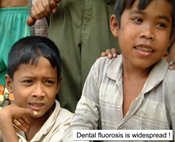
Figure 27 One of the health issues epidemic at the surrounding of Ijen crater is dental fluorosis as the drinking water is contaminated by the lake water
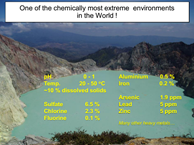
Figure 28 The geothermal fluid discharged at Ijen crater lake is very acid. Even though damned the lake still loses water
Materials
CONTACT
- Pri Utami (Universitas Gadjah Mada)
- Agung Harijoko (Universitas Gadjah Mada)

